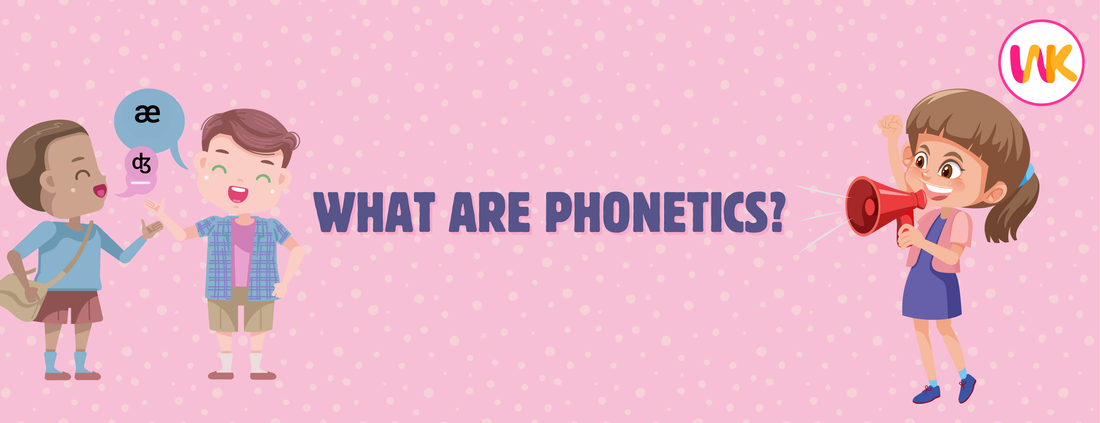So, you've stumbled across the term "phonetics" and you're curious about what it means. Maybe you're a language enthusiast, a curious student, or just someone who likes to know things. Whatever brought you here, let's dive into the world of phonetics without any fluff or corporate jargon.
The Basics: What is Phonetics?
Phonetics is all about sounds. It's the study of how we produce, transmit, and perceive the sounds of speech. When you speak, your vocal cords, mouth, and even your nose work together to create sounds. Phonetics breaks down this process into its fundamental parts, analyzing how each sound is made and how it can be recognized.
Types of Phonetics
Phonetics is generally divided into three main branches: articulatory, acoustic, and auditory phonetics.
1. Articulatory Phonetics
Articulatory phonetics is concerned with how speech sounds are produced by the movement of the articulators (parts of the mouth, throat, and nasal passages). This branch answers questions like:
- How do we move our tongue, lips, and jaw to create different sounds?
- What roles do the vocal cords play?
- How do different parts of the mouth shape sounds?
For example, consider the difference between the sounds /p/ and /b/. Both sounds are made by pressing your lips together, but /p/ is voiceless (your vocal cords don't vibrate) while /b/ is voiced (your vocal cords do vibrate).
2. Acoustic Phonetics
Acoustic phonetics looks at the physical properties of speech sounds. This involves studying sound waves and how they travel through the air from the speaker to the listener. Key aspects include:
- Frequency: How high or low a sound is (pitch).
- Amplitude: How loud a sound is.
- Duration: How long a sound lasts.
Using technology like spectrograms, acoustic phoneticians can visualize these properties to better understand how sounds are made and perceived. For instance, the vowel sound in "see" has a different frequency pattern compared to the vowel sound in "saw".
3. Auditory Phonetics
Auditory phonetics focuses on how we hear and perceive speech sounds. It delves into:
- How the ear converts sound waves into signals that the brain can understand.
- How the brain processes these signals to recognize different sounds and words.
- How perception can vary between individuals and across different languages.
Have you ever noticed how speakers of different languages might struggle to hear distinctions that aren't in their native language? That's auditory phonetics in action. For example, English speakers might struggle with the tonal differences in Mandarin Chinese because tone is not phonemic in English.
Why Does Phonetics Matter?
Understanding phonetics can be incredibly useful, even if you're not a linguist. Here are a few practical applications:
Language Learning
Phonetics can help language learners master pronunciation. Knowing the specific ways to move your mouth and use your voice can make it easier to produce sounds that aren't in your native language. It can also help you understand why certain sounds are hard for you and how to practice them.
Speech Therapy
Speech therapists use phonetics to help people with speech disorders. By analyzing how someone produces speech sounds, therapists can identify issues and develop strategies to improve their speech.
Linguistics and Research
Phonetics is a fundamental part of linguistics. Researchers use phonetics to study how languages are structured, how they evolve, and how they vary across different regions and social groups.
Technology
Voice recognition systems, like the ones in your phone or smart speaker, rely on phonetics. Understanding how speech sounds work helps developers create more accurate and effective voice-activated technology.
Getting Into the Nitty-Gritty: IPA
One of the most important tools in phonetics is the International Phonetic Alphabet (IPA). This system uses a set of symbols to represent every possible sound in human language. Each symbol corresponds to a specific sound, making it easier to study and compare different languages.
For example:
- The symbol /i/ represents the vowel sound in "see".
- The symbol /ɑ/ represents the vowel sound in "father".
- The symbol /ʃ/ represents the sh sound in "shoe".
By learning the IPA, you can accurately transcribe and pronounce words from any language, even if you've never heard them before.
Conclusion
Phonetics is a fascinating field that dives deep into the world of speech sounds. Whether you're a language learner, a speech therapist, or just someone with a curious mind, understanding phonetics can open up new ways of thinking about how we communicate
It breaks down the intricate dance of our vocal apparatus into understandable parts, revealing the mechanics behind the magic of speech. So next time you speak, take a moment to appreciate the complex yet fascinating process that turns thoughts into sounds.

